William Lyon Mackenzie's Mission to London
Plus the future of Old City Hall, Toronto's noisy history, and more...
It was 1832. William Lyon Mackenzie was fed up. He'd spent the last decade fighting for democratic reform in Upper Canada. He'd founded a pro-democracy newspaper. Written passionate editorials. Led protests. Organized committees. He'd even run for office and been elected to the provincial assembly, where he gained a reputation as one of the most radical champions of the Reform cause. This was before he became the first Mayor of Toronto — and long before before his failed revolution — but he was already one of the most polarizing figures in the province. Still, no matter how hard he fought, he was blocked at every turn.
Upper Canada was still a relatively new colony back then. The province that would one day become Ontario was only a few decades old. It had been founded in the late 1700s, on land around the Great Lakes that had already been home to First Nations for thousands and thousands of years. The colony was created to be a home for Loyalist refugees from the American Revolution. During that bloody war, many of the settlers had seen for themselves the horrors committed in the name of democracy. And it was followed closely by the terror of the French Revolution. So, many of the early settlers in Upper Canada had a deep distrust of democratic ideas — what the first Lieutenant Governor, John Graves Simcoe, once called "tyrannical democracy."
Even now, in the 1830s, Upper Canada was a very conservative place. Most of the power in the province was concentrated in the hands of a few democracy-wary, monarchy-loving Tory families. "The Family Compact," Mackenzie called them. They worked hard to maintain the status quo. Those who argued in favour of democratic reform tended to find themselves in jail or in exile. And if Mackenzie and his Reform allies ever did manage to pass a motion through the elected assembly, the Family Compact dominated the unelected upper house. And the British Lieutenant Governor was there to veto it, too.
Sometimes, things could violent. Years earlier, Mackenzie's home office on Front Street had been attacked by an angry Tory mob. His family hid in fear as the young rioters trashed his newspaper office, broke his printing press and tossed the iron type letter into the lake. Mackenzie sued and used the settlement to set up an even bigger operation while also launching his political career. But even after he got elected, things still didn’t get much better.
So, Mackenzie came up with a new plan. He had been inspired by American and French revolutionaries who violently overthrew their own governments, but he wasn't planning on going anywhere near that far himself. While others had assembled armies and wheeled out the guillotine, he was still hoping for a peaceful resolution. He still believed in the British system. If he could appeal directly to the British government — if he could present them with his grievances in person — he was sure they would listen to reason. So Mackenzie decided to pay them a visit. He would go to London himself.
He spent much of 1831 getting ready for his big trip. He travelled all over the province, meeting people, making speeches, gathering support, collecting signatures for petitions. He planned on having a mountain of evidence to support his arguments when he arrived in England. Meanwhile, he kept up his propaganda campaign against the Tories and the Family Compact, calling them names, interrupting their meetings, demanding change, and generally being a thorn in their side.
The Family Compact struck back. That winter, the Tories in the assembly voted to kick Mackenzie out of office. It sparked a crisis that lasted for months. A mob of Mackenzie's supporters burst into the assembly and demanded new elections. The Lieutenant Governor refused. But in the by-election that followed, Mackenzie was re-elected in a landslide. Only one person in his riding voted against him. A victory parade of more than 130 horse-drawn sleighs marched down snowy Yonge Street to the sound of bagpipes, bringing their democratically elected representative back to office.
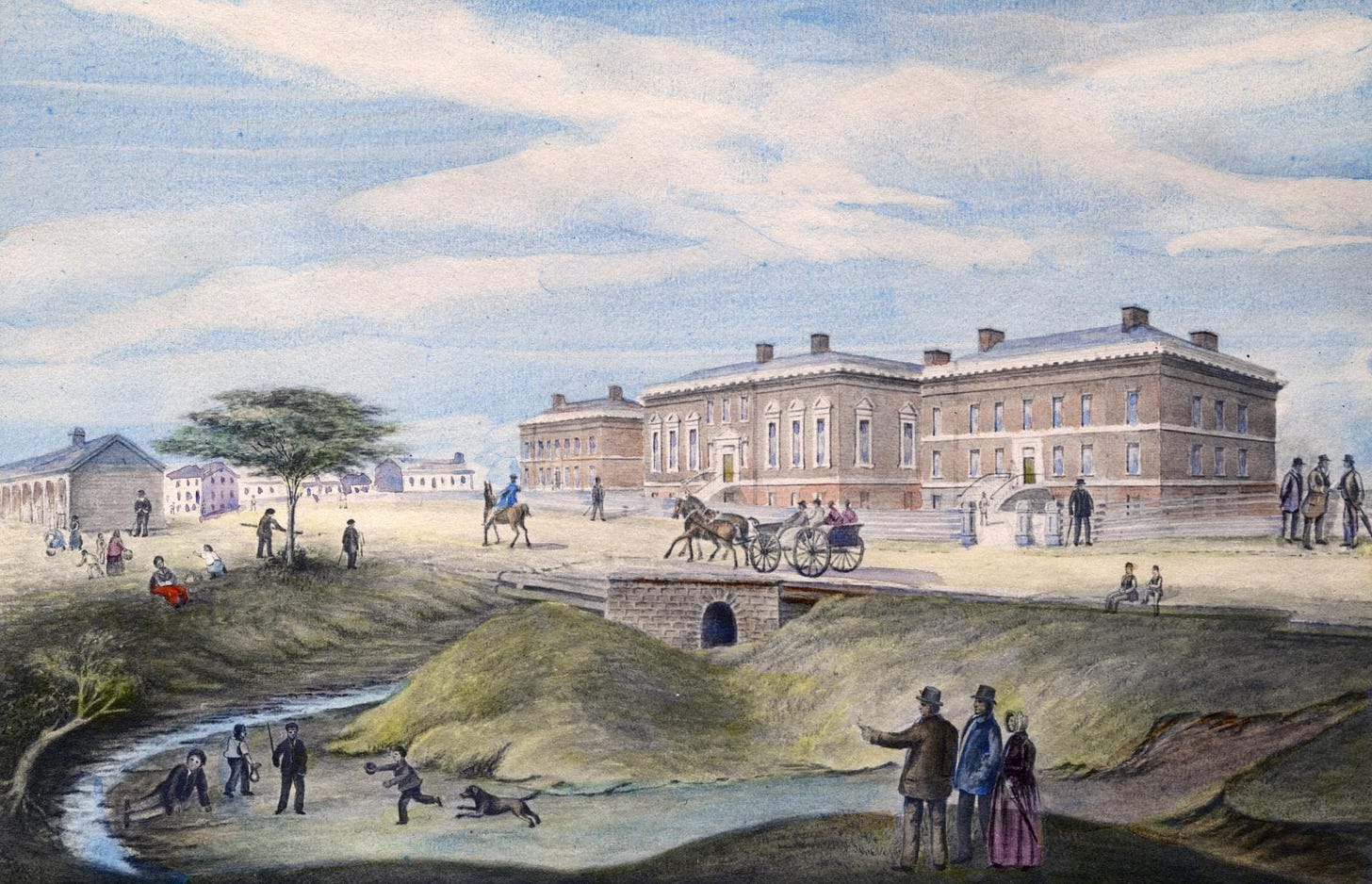
Five days later, the Tories kicked him out again. There was another by-election. And another landslide victory for the famous Reformer.
Mackenzie went back on the attack, pissing off even more Tories. During a visit to Hamilton, he was beaten by thugs and left bloodied in the street. In Toronto, he was pelted with garbage and burned in effigy. Riots broke out. His newspaper office was attacked again. Mackenzie feared for his life. He was only rescued thanks to Colonel James FitzGibbon — a Tory hero of the War of 1812 who would one day lead an army against the man he had just saved.
Mackenzie was so scared, he went into hiding. And he stayed there until spring. Then, as the ice melted, he finally boarded a ship bound for London.
He got off the boat in England at one of the most important moments in modern British history. London was in turmoil. While Mackenzie had been fighting the Tories back home in Canada, Reformers and Radicals in England had been fighting the Tories there, too. Now, it looked like they might finally be getting somewhere. For the first time in more than twenty years, the Tory Party had lost an election. The reform-minded Whigs were in power. And they were planning on using it: the Great Reform Act would be a landmark in the history of British democracy, doing away with the "rotten boroughs" (out-of-date ridings with tiny populations that gave wealthy Tories a way to buy a bunch of extra seats). But every time the Whigs passed the bill through the House of Commons, the unelected Tories in the House of Lords killed it. The stalemate was plunging the nation into crisis.
At the very moment Mackenzie arrived in London, that crisis was reaching a boiling point. The Whigs were trying to pass the bill again. This time, they demanded the King appoint new peers to the House of Lords to make sure the bill became law. When the King refused, the Whig Prime Minster (Earl Grey, of tea fame) resigned in protest. The Tory leader (the Duke of Wellington, of defeating Napoleon fame) took over as Prime Minister.
The country shut down.
They called it "The Days of May." For about a week it seemed as if anything might happen. As the news spread across the United Kingdom, shops and factories closed their doors. Political unions mobilized. Huge crowds gathered in protest. Riots broke out. Westminster was flooded by hundreds of petitions with tens of thousands of signatures. There was an orchestrated run on the banks and people withheld their taxes — for a while it seemed as if the country might go bankrupt. Angry placards and posters lined the streets of London. There were whispers of revolution; as one historian later put it: "the air was charged with talk of pikes and barricades and swords rough-sharpened."
William Lyon Mackenzie watched it all happen. As the crisis hit London, our future mayor was living just a couple of kilometres from Westminster. He wrote about what he saw in letters published in his newspaper back home in Toronto. He'd seen, he said, the Duke of Wellington, "the hero of Waterloo, pelted with mud and fish heads in the streets of London. Tory peers were hissed, hooted and groaned at as they entered their carriages."
Finally, King William and the Tories backed down. The Whigs returned to power and the bill was brought to a vote. Tory Lords abstained. Mackenzie was there himself that day, watching from the gallery in the House of Lords as the Great Reform Bill was finally passed.
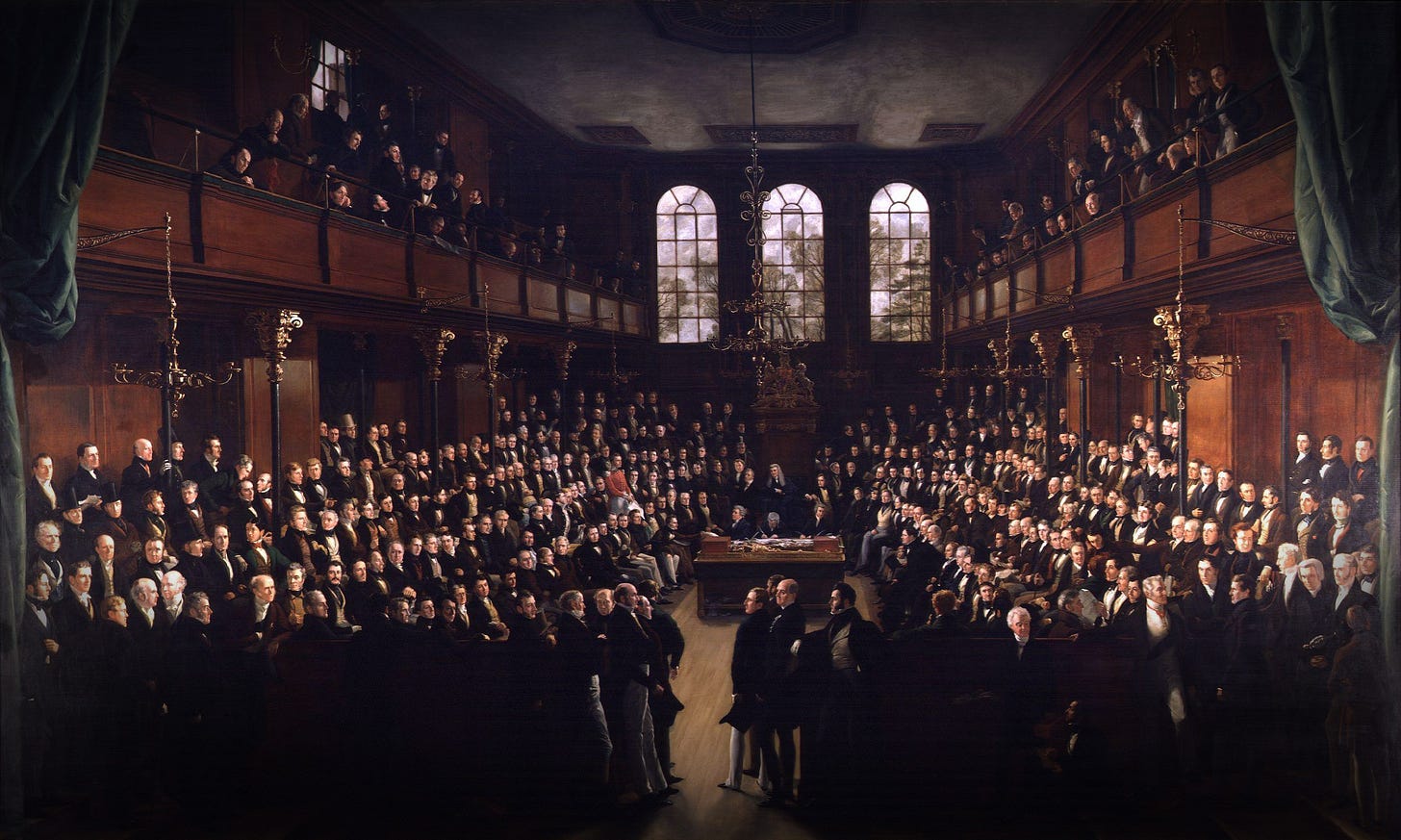
Inspired, Mackenzie set to work trying to win similar reforms for Upper Canada. He spent more than a year living in London with his family, in cramped quarters with little income and plenty of mounting debt. At first, it all seemed to be worth it. Things were going well. As spring gave way to summer, Mackenzie — along with a couple of other Canadian Reformers — began to have a series of meetings with the Colonial Secretary. It was a major coup: those meetings were hard to get; many leading Reformers had tried and failed. Now, a radical Reform politician from Toronto finally had the ear of the man who oversaw the running of the entire British Empire.
Mackenzie was feeling optimistic. The Colonial Secretary, he wrote, struck him as "friendly and conciliatory... I left him with the impression strongly imprinted on my mind that he sincerely desired our happiness as a colony." Mackenzie even got to meet Earl Grey, and was left positively gushing about the Prime Minister. "Well does Earl Grey merit the high station and distinguished rank to which he has been called," he wrote, "truth and sincerity are stamped on his open, manly, English countenance; intelligence and uprightness are inscribed on all his actions."
The British really did seem to be taking Mackenzie's complaints seriously. While he was living in London, he was invited to share his thoughts in the major newspapers. He published a book. And when he produced his petitions signed by tens of thousands of Upper Canadians, the documents were presented to the House of Commons with the support of the Whig government. They even asked him to submit a written copy of all of his grievances. Mackenzie responded with his usual passion: he stayed up for six straight days and nights, writing furiously, switching from one hand to the other when the first cramped up.
Even more importantly, the British government began to make real changes, accepting many of Mackenzie's suggestions. The Colonial Secretary sent a stern letter across the Atlantic to the members of the Family Compact. The Anglican and Catholic bishops were asked to resign their seats in the assembly to further the separation of church and state. The post office, he told them, should be reformed. There should be an independent judiciary. They needed to stop kicking Mackenzie out of the assembly. And they should publish the letter, so the people of Upper Canada could see for themselves what the government in London was recommending.
But the Family Compact wasn't about to give up that easily. They sent the letter back, claiming that Mackenzie's complaints were unworthy of “serious attention.” One of Toronto's most conservative newspapers, The Courier of Upper Canada, called the letter “an elegant piece of fiddle-faddle, full of clever stupidity and condescending impertinence.” The Tories had already kicked Mackenzie out of the Assembly once since he'd left for London. Now, despite the letter, they did it again.
This time they'd gone too far. The Colonial Secretary responded by firing two prominent members of the Family Compact: the Attorney-General and the Solicitor-General. They'd both been leaders of the campaign against Mackenzie. For a few brief weeks, it looked as if the government in Westminster was finally taking Canadian Reformers seriously.
That was in March of 1833. In April, the Colonial Secretary was replaced. And everything changed. In May, Mackenzie got a nasty shock: as he left a meeting at the Colonial Office on Downing Street, he ran into the old Attorney-General. This was the same guy who had just been fired for his attacks on Mackenzie and his opposition to reform. The fired Solicitor-General would soon be joining him. They had come to London all the way from Toronto to defend themselves and undermine Mackenzie. And their plan was working.
The new Colonial Secretary was much more conservative than the last one. In fact, he would eventually leave the Whig Party to join the Tories. So, as you might expect, he had a very different attitude toward the Tories of the Family Compact. And he wasn't alone: many Whigs were beginning to change their tune. In England after the Great Reform Act, pro-democracy protests had continued to push for even more reform. The Whigs were losing patience. That same month, police brutally cracked down on a protest near Mackenzie's house. The tide was turning. And so, the new Colonial Secretary reinstated the Attorney-General and gave the Solicitor-General a cushy new job in Newfoundland. Just like that, Mackenzie's victory had evaporated. His mission had failed.
"I am disappointed," he wrote. "The prospect before us is indeed dark and gloomy."
He left London, never to return.
Mackenzie had plenty of time to think on the long voyage back home across the Atlantic. His faith in the British system had been deeply shaken. But the Colonial Secretary was far from the only person he'd met in London. He'd also spent plenty of time getting to know the Radicals and Reformers behind the democracy movement in England. He was good friends with Joseph Hume — a Radical Whig MP. And during the crisis over the Great Reform Act, Hume had welcomed him into the very heart of the movement. Mackenzie was taken into the back room of a tailor's shop just a few doors up from Trafalgar Square. There, he met Francis Place — the famous "radical tailor of Charing Cross," one of the leaders of the reform movement. He was the man behind many of the angry posters in London and the organized run on the banks. The back of his shop had been turned into a library filled with revolutionary ideas. (His collection still exists today, hailed as "one of the finest of its kind anywhere in the world.") The shop was ground zero for radical politics in England, where politicians and protesters alike came to discuss the ideas for which they were fighting.
Place was much more radical than Mackenzie — even on Canadian issues. So was Hume. They both believed the Canadian colonies should be independent. And that violence was an acceptable solution. If the Great Reform Act failed, Place was planning on leading a rebellion. He'd sent the government his plans earlier that very same day.
As Mackenzie grew more and more frustrated, those ideas were going to make more and more sense to him. He'd gone to England because he believed the British government would listen. But he didn't believe that anymore. And when he got back to Toronto, the troubled continued. The Family Compact opposed democratic reforms at every turn and the British Lieutenant Governors continued to support them — in one election, the Governor even openly campaigned for the Tories.
Mackenzie grew ever more radical. Within a couple of years, he was publishing a letter by Hume in his newspaper, calling for Canadian independence from the "baneful domination of the Mother Country" even if that meant an armed revolution. A few years after that, Mackenzie took that advice. In the winter of 1837, he wrote a "Proclamation to the People of Upper Canada." He called for truly fair elections, meaningful reforms, and maybe most telling of all: "An end forever to the wearisome prayers, supplications, and mockeries attendant upon our connection with the lordlings of the Colonial Office, Downing Street, London." William Lyon Mackenzie was declaring independence.
Two weeks later, he gathered a rebel army on Yonge Street, just north of Toronto, and marched south into the city.
Thanks so much to everyone who has sent me kind words about the newsletter’s new name — and to those of you who have made the switch to a paid subscription! It’s only thanks to the heroic 4% of readers who support the newsletter with a paid subscription that The Toronto History Weekly The Toronto Time Traveller is able to survive. If you’d like to make the switch yourself, you can do that right here:
The Future of Old City Hall
Old City Hall has been towering above Queen Street since 1899, but its future is currently unclear. Having been replaced as our city hall back in the 1960s, it now only has a few months left as an operating courthouse. And there still isn’t any plan for what to do with building. “That raises the possibility,” Ben Spurr writes in The Toronto Star, “of the national historic site at the heart of downtown sitting unused for the foreseeable future.” In his piece, he quotes Mayor Chow as saying, “We need to keep it as historic, as beautiful as it is now” and a city reports that says “any permanent uses should aim to increase public access to the building, conserve its historic attributes, foster local economic activity and generate enough revenue to offset operational costs.”
It has often been mentioned as a site for a potential City of Toronto Museum, which would provide a much bigger space than the current Museum of Toronto at 401 Richmond. But it would take a considerable amount of money to retrofit the building up to the standard it would need to house fragile historical artifacts.
Still, a statement from Councillor Josh Matlow suggests there’s at least some interest at City Hall to get a new museum opened: “Toronto is one of the few major cities without a city museum to share our many stories with residents and visitors alike. I will continue fighting for this, and pushing staff to get the work done before our many years of work to create a city museum becomes an artifact itself.”
Talking About the Romantic History of Toronto!
Valentine’s Day is coming up in just a couple of weeks, which means it’s the perfect time of year to talk about The Toronto Book of Love and the romantic history of the city. So I’ll be doing exactly that twice next week! Both of the talks are happening in wonderful little spaces with rich histories, and they’re both open to the public!
The Toronto Book of Love explores the history of the city through fascinating true tales of romance, marriage and passion. From the scandalous love affairs of the city's early settlers to the prime minister's wife partying with rock stars on her wedding anniversary, Toronto has been shaped by crushes, jealousies and flirtations. In his talk, we'll explore some of these stories, as well as exploring the evolution of Toronto's ever-changing attitudes toward love.
Here all all the details:
TORONTO’S FIRST POST OFFICE
When: Friday, February 7 at 7pm.
Where: Toronto’s First Post Office (260 Adelaide Street East), hosted by the Town of York Historical Society.
How Much: $17.31 for members; $22.63 for non-members.
THE TOLLKEEPER’S COTTAGE
When: Sunday, February 9 at 2pm.
Where: The Tollkeeper’s Cottage (Davenport & Bathurst), hosted by the Community History Project.
How Much: $10 (registration is helpful, just email tollkeeperscottage@gmail.com).
“From Hogtown To Downtown” With The LIFE Institute!
This week I kicked off my Hogtown To Downtown course with the LIFE Insitute! And if you’d like to register, there’s still time. The recording of the first class will be available for a week and they’ve even said they’ll waive the usual membership fee in favourite of a much lower one for anyone who gets in touch with them having learned about it from this newsletter.
From Hogtown To Downtown: A History of Toronto in Eight Weeks is an overview of the history of our city. And I’m thrilled to be offering it through the LIFE Institute, which provides educational programming for “older adults” (50+) and is affiliated with Toronto Metropolitan University’s G. Raymond Chang School of Continuing Education.
Description: The history of Toronto is filled with fascinating stories that teach us about ourselves and our community. In this eight-week, online course, we'll explore the city's past from a time long before it was founded, through its days as a rowdy frontier town, and all the way to the sprawling megacity we know today. How did Toronto become the multicultural metropolis of the twenty-first century? The answer involves everything from duels to broken hearts to pigeons.
When: Tuesdays at 12:30pm from January 28 to March 18.
Where: Online over Zoom.
How Much: $99 (plus the fee mentioned above).
QUICK LINKS
The best of everything else that’s new in Toronto’s past…
SAD BAND NEWS — Garth Hudson, the last surviving member of The Band passed away last week. Born in Windsor, he eventually moved to Toronto and became a big part of the 1960s music scene on the Yonge Street Strip as a member of Ronnie Hawkins’ backing band, The Hawks. The group eventually struck out on their own, got recruited by Bob Dylan to help him go electric, changed their name to The Band, and filled the airwaves with rootsy smash hits like “The Weight.” Will Hermes and David Brown eulogized Hudson for Rolling Stone. Read more.
LOUD NEWS — “When did Toronto become noisy?” Bob Georgiou tries to answer the question by looking into the city’s newspaper archives. Last week, he shared an old Spacing article he wrote about it on his Scenes From Toronto blog. Read more.
BEFORE THE DROUGHT NEWS — The new episode of the Muddy York Podcast continues their series on the history of hockey in Toronto by looking back at the founding of the Leafs. Listen to it.
TORONTO HISTORY EVENTS
AN OVERVIEW OF 400 YEAR OF BLACK HISTORY IN CANADA
February 1 — 2pm — Richview Library
“Historian and author Channon Oyeniran (The Time Travel Adventures of Ara: Harriet Tubman and the Underground Railroad) provides an overview on the rich and expansive history and experiences of people of African descent in Canada over 400 years. The presentation will the topics of Black enslavement and the history of slavery in Canada, and the stories and achievements of significant individuals and groups that have contributed to various aspects of Canadian society (e.g. science, business, politics, art & culture, etc.).”
Free with registration!
OUT FROM THE SHADOWS: WOMEN AND THEIR WORK IN 19th CENTURY TORONTO
February 4 — 2pm — Yorkville Library
“Author Elizabeth Gillian Muir discusses her book, An Unrecognized Contribution: Women and their Work in 19th-century Toronto, which details the work that women did in the city that has not been recognized in early histories. While women did own factories, taverns, pubs, stores, market gardens, butcher shops, brickyards, and other commercial ventures, their contributions to these industries have been hidden for decades. The presentation will include photos and time for a Q & A.”
Free!
Learn more at the links above.
FINDING 19th-CENTURY BLACK HISTORY IN TORONTO
February 5 — 7:30pm — Online & Swansea Town Hall — Swansea Historical Society
“February is Black History Month, and we have invited Hilary [Dawson] to share her interesting and little-known stories concerning the contributions of Toronto’s Black community in the 1800s. Hilary spoke to the Swansea Historical Society on a related topic more than 20 years ago, and we are delighted that she will be returning in February.”
THE THROWBACK: A CELEBRATION OF “A GREAT DAY IN TORONTO HIP HOP”
February 7 — 6pm — Art Gallery of Ontario
“An integral part of The Culture: Hip Hop and Contemporary Art in the 21st Century exhibition, last August photographer Patrick Nichols captured a portrait of more than 100 of Toronto's early hip hop innovators. Entitled A Great Day in Toronto Hip Hop, the portrait includes performers, DJs, club promoters, and more, telling the story of hip hop’s origins in Toronto. Join us on February 7 as we celebrate that day last summer with Patrick Nichols, featuring sound from the Sunshine Sound Crew, DJs JC and Toney D, and Nigel B from WildStyle Crew.”
Free with general admission.
THE MAKING OF A JUDGE: FILM SCREENING & DISCUSSION
February 8 — 2pm — New Toronto Library
“The Making of a Judge tells the story of Justice George E. Carter, the first Canadian born Black judge, as told by his daughter, Linda V. Carter. The film also reflects on the racial aspects in the communities of the time and how that influenced Justice Carter to become a judge.”
Free!

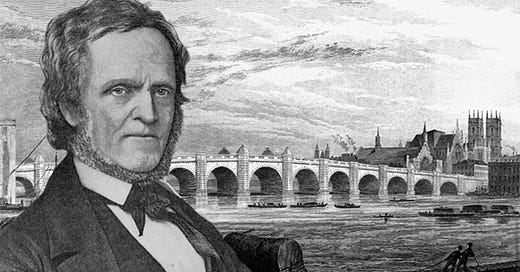




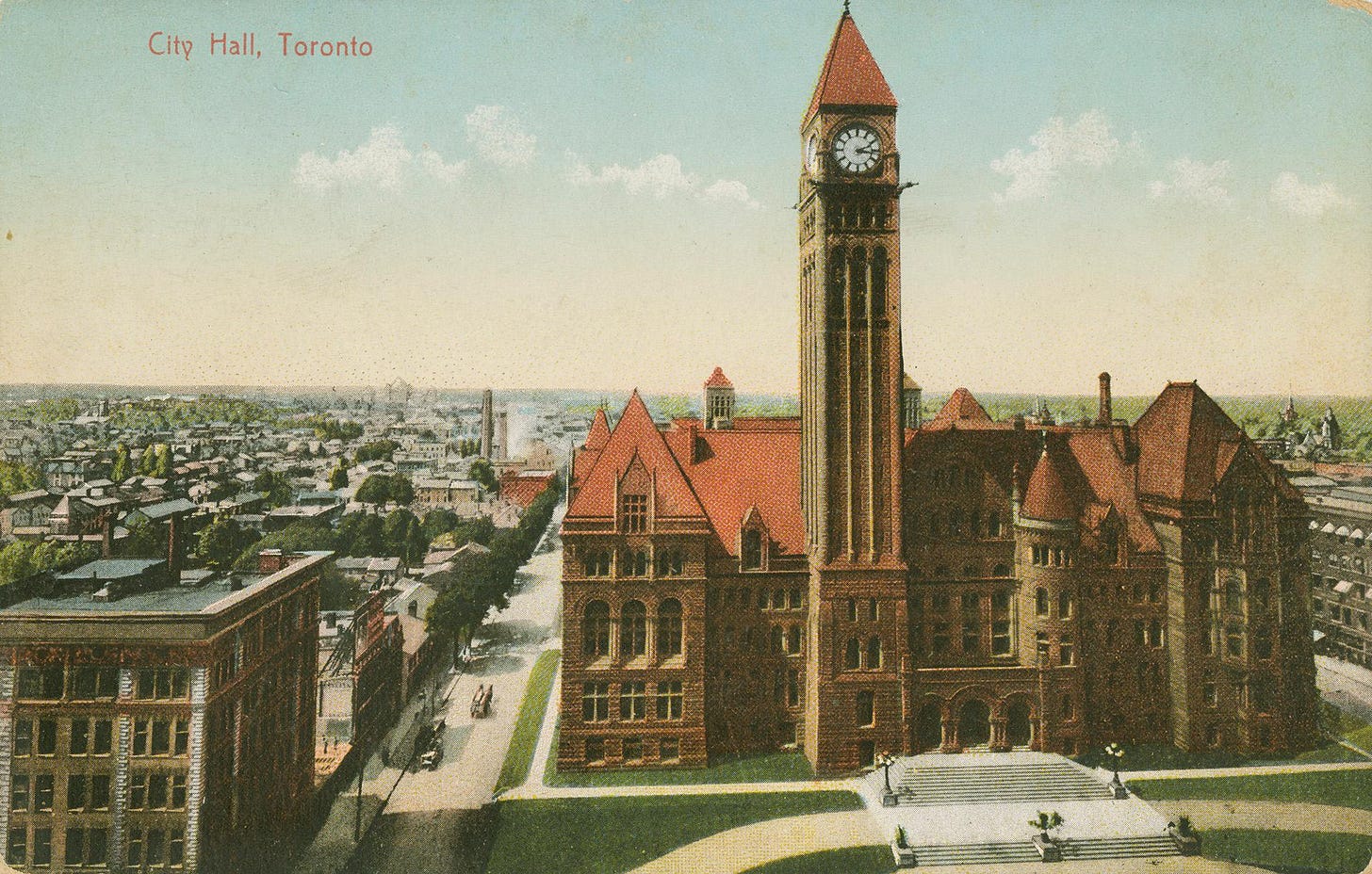
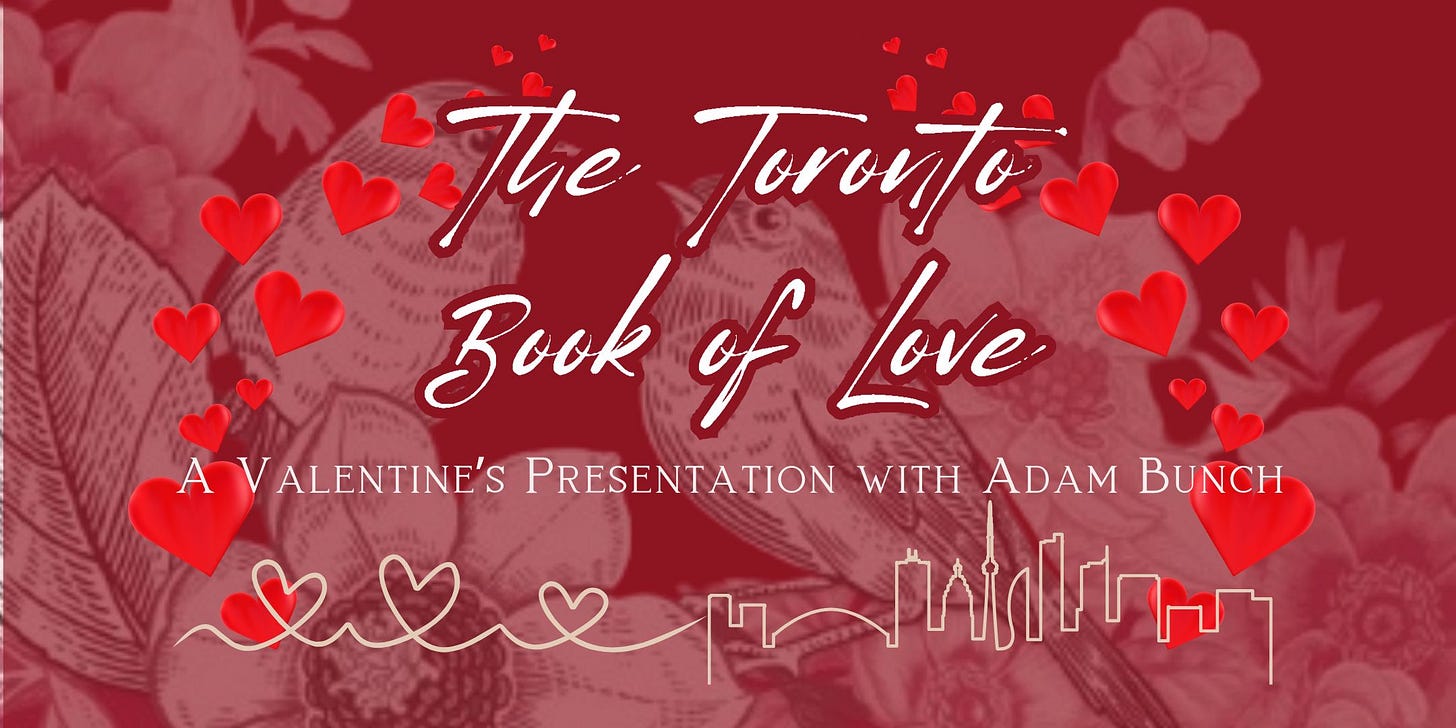
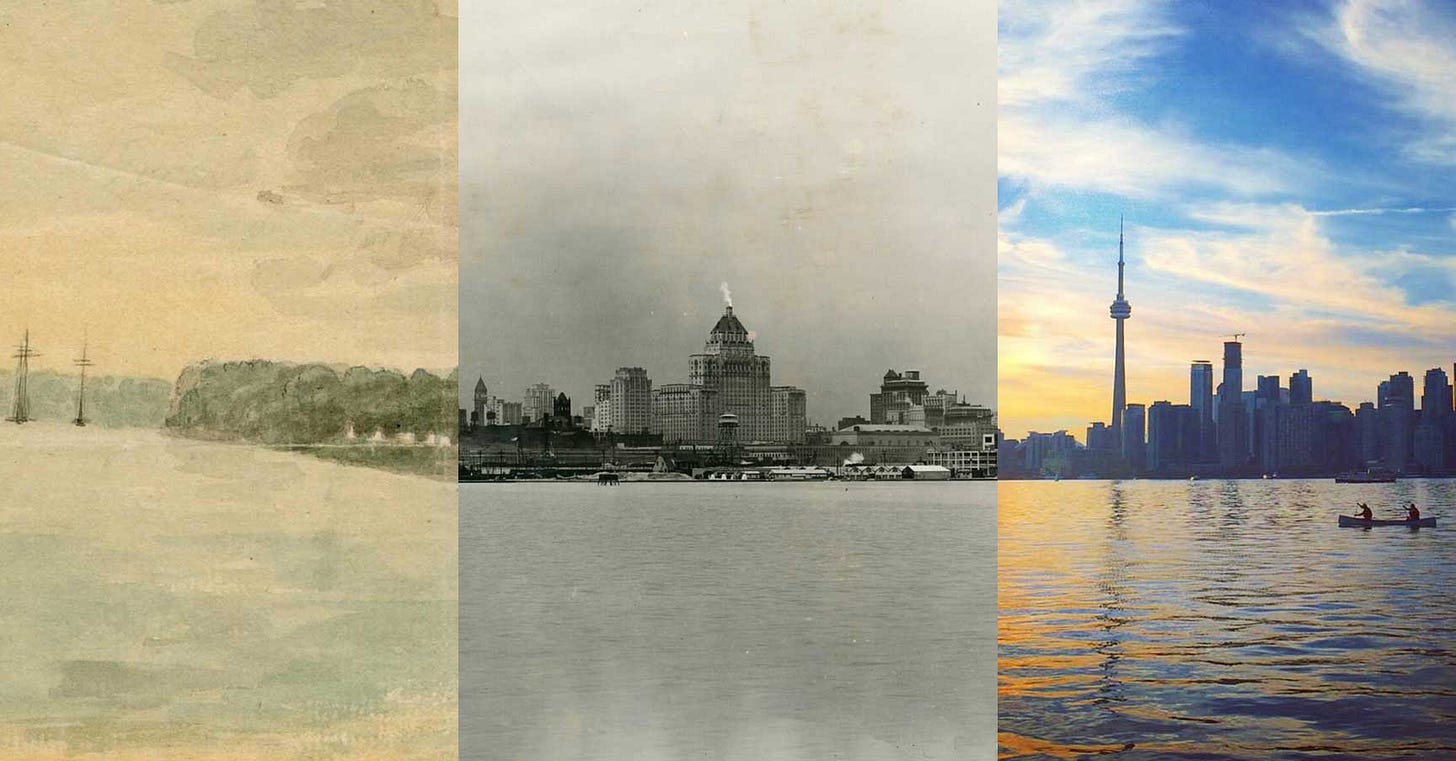
I enjoy your articles, there is always something I didn’t know! 😄
I tried to subscribe (paid) but it failed to go through. 🫤